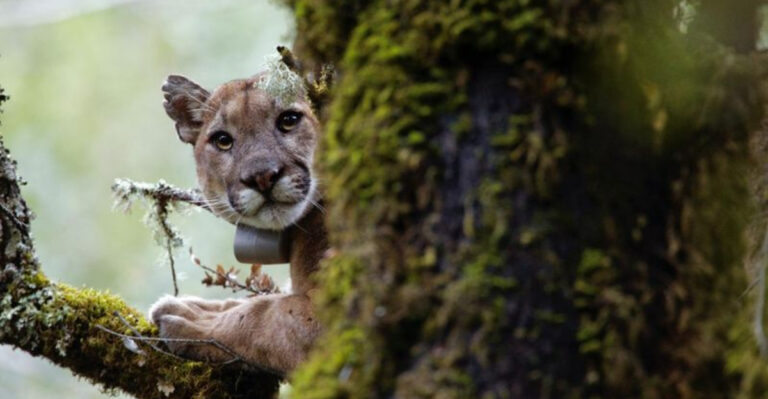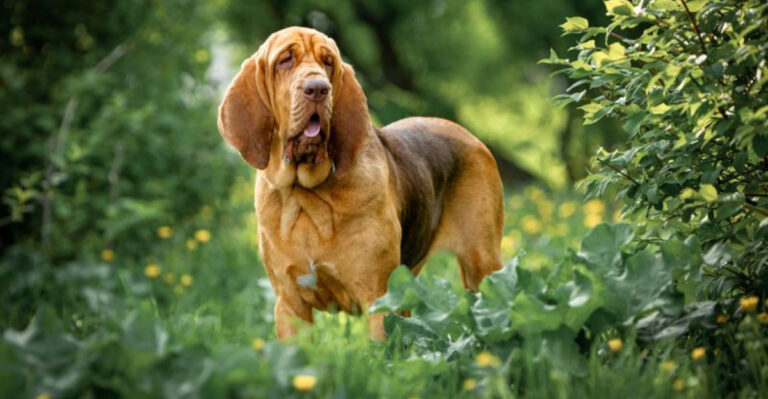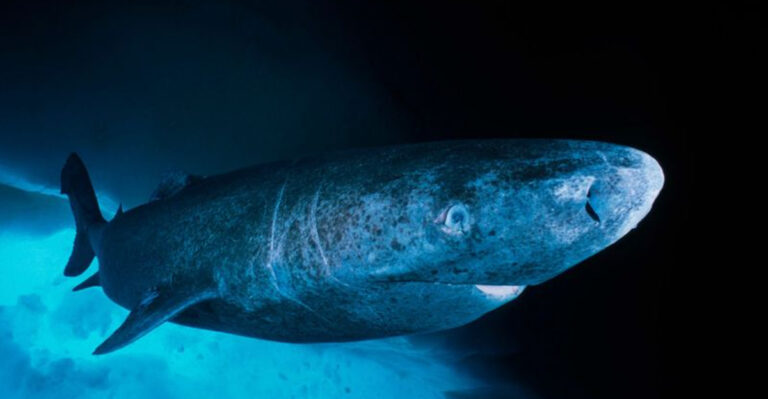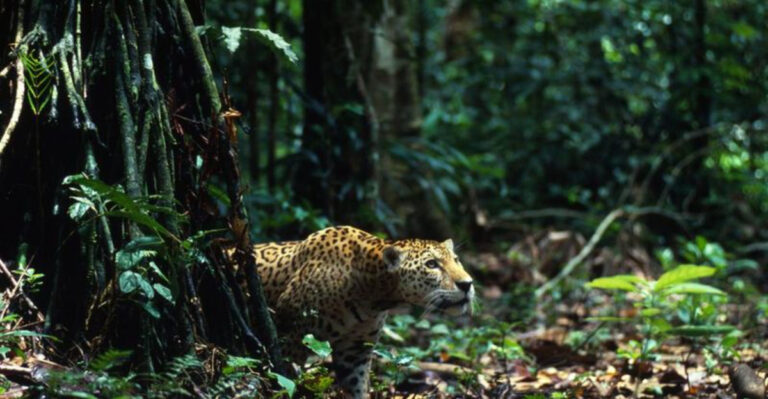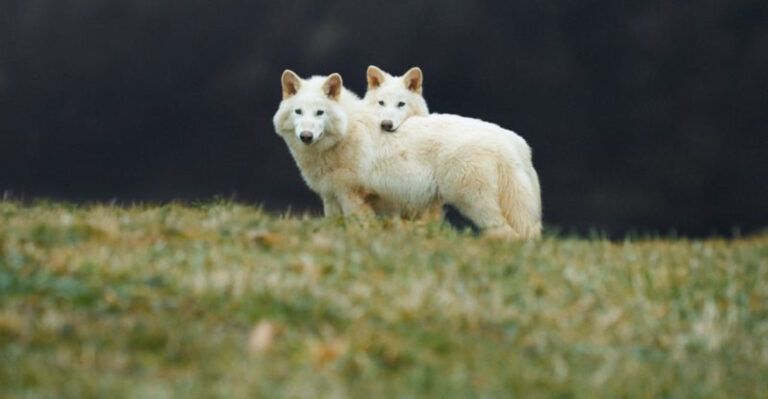20 Intriguing Facts About The Mighty Grizzly Bear

The grizzly bear, a symbol of strength and wilderness, is one of the most fascinating creatures inhabiting North America. From their imposing size to their incredible survival skills, these bears have captured human imagination for centuries.
Despite their fearsome reputation, grizzly bears play a crucial role in their ecosystem and are integral to maintaining the natural balance. Here, we explore some captivating facts about these majestic animals, shining a light on their behavior, habitat, and the unique traits that make them so remarkable.
1. Massive Dimensions
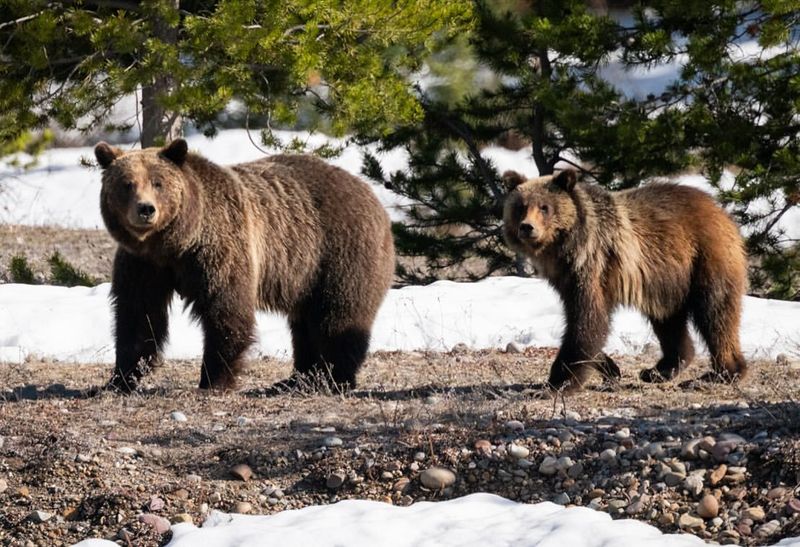
Grizzly bears can grow to be absolutely enormous, with males weighing up to 600 pounds and some reaching over 1,500 pounds! When they stand on their hind legs, these bears can tower over humans at seven feet tall. Their sheer size is a key factor in their dominance in the wild.
This impressive stature isn’t just for show. A grizzly’s powerful build allows it to run at speeds of 35 miles per hour despite its bulk, outpacing even the fastest human sprinters. Their muscular frame is essential for hunting, digging for roots, and other survival tasks in their rugged habitats.
Their size varies depending on geography, with coastal bears often being larger due to a richer diet of salmon. Regardless, grizzlies command respect and awe in any landscape they inhabit, a true testament to nature’s grandeur.
2. Remarkable Intelligence
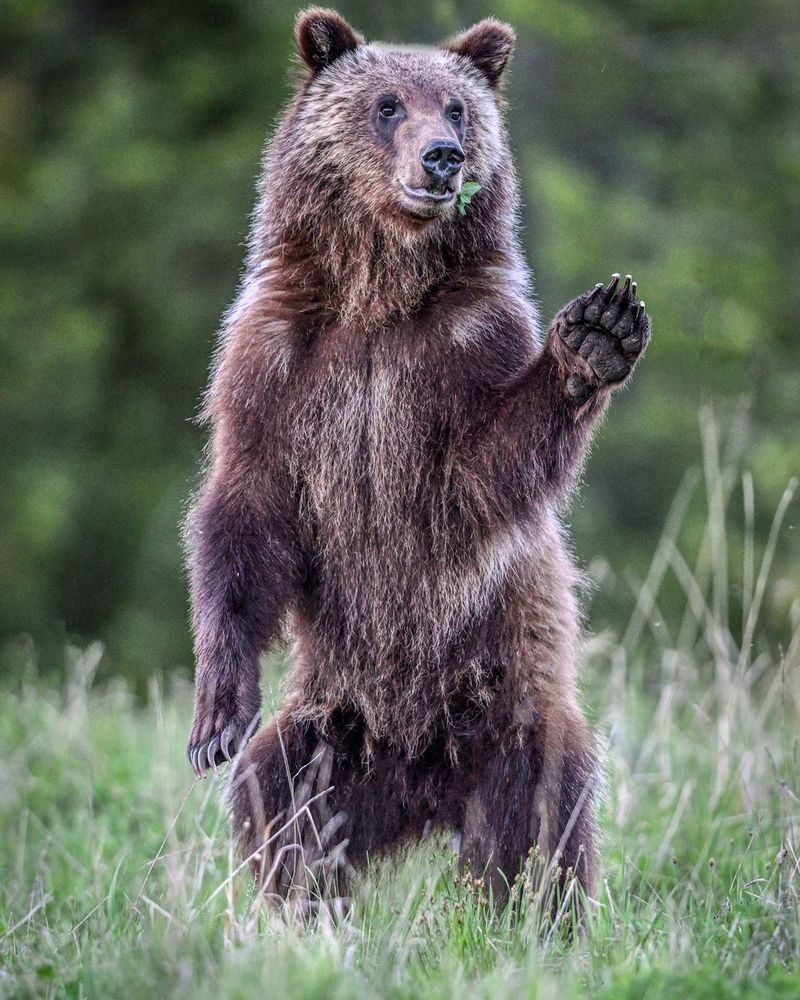
Grizzly bears are incredibly intelligent creatures, showcasing problem-solving skills and memory capabilities that rival primates. They use tools, such as rocks or sticks, to achieve tasks like cracking open nuts or catching fish, demonstrating a level of cognitive complexity that’s truly fascinating.
These bears remember specific locations where food is abundant, returning year after year to feast. Their ability to learn from experiences and adapt is crucial for survival, especially when facing challenges in the wild or from human encroachment.
The intelligence of grizzlies extends to their social interactions as well. They have been observed communicating with body language and vocalizations, indicating complex social structures within their communities. This mental acumen not only aids in their survival but also adds a layer of depth to their enigmatic existence.
3. Survival Instincts
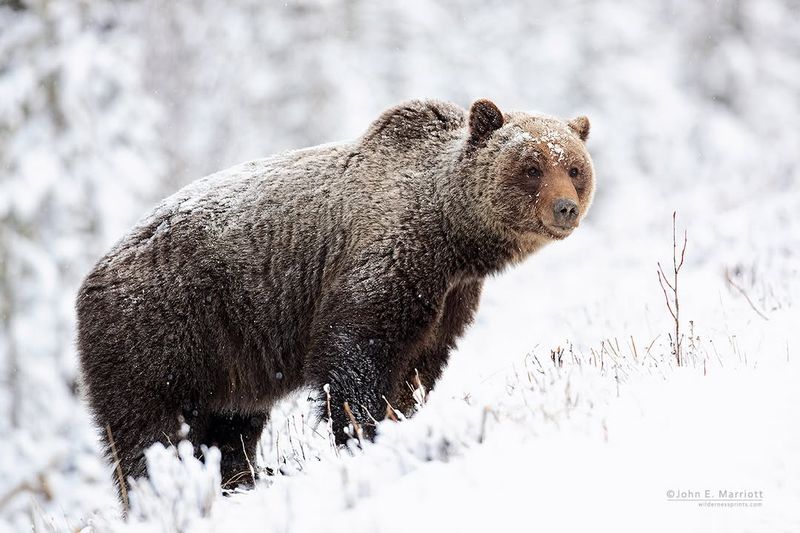
Grizzly bears possess an extraordinary survival instinct, particularly evident in their hibernation practices. During winter, they enter a state of dormancy, residing in dens they meticulously prepare. This hibernation is not just sleep; it’s a finely tuned survival mechanism.
While hibernating, a grizzly’s heart rate drops dramatically from 40 beats per minute to as low as 8, conserving energy during months when food is scarce. Remarkably, mother bears give birth during this period, nursing their young without leaving the den.
The ability to survive harsh winters with minimal food intake is a testament to their adaptability and resilience. This intrinsic trait allows grizzlies to thrive in a variety of environments, from the frosty peaks of Alaska to the temperate forests of inland regions.
4. Diet Diversity
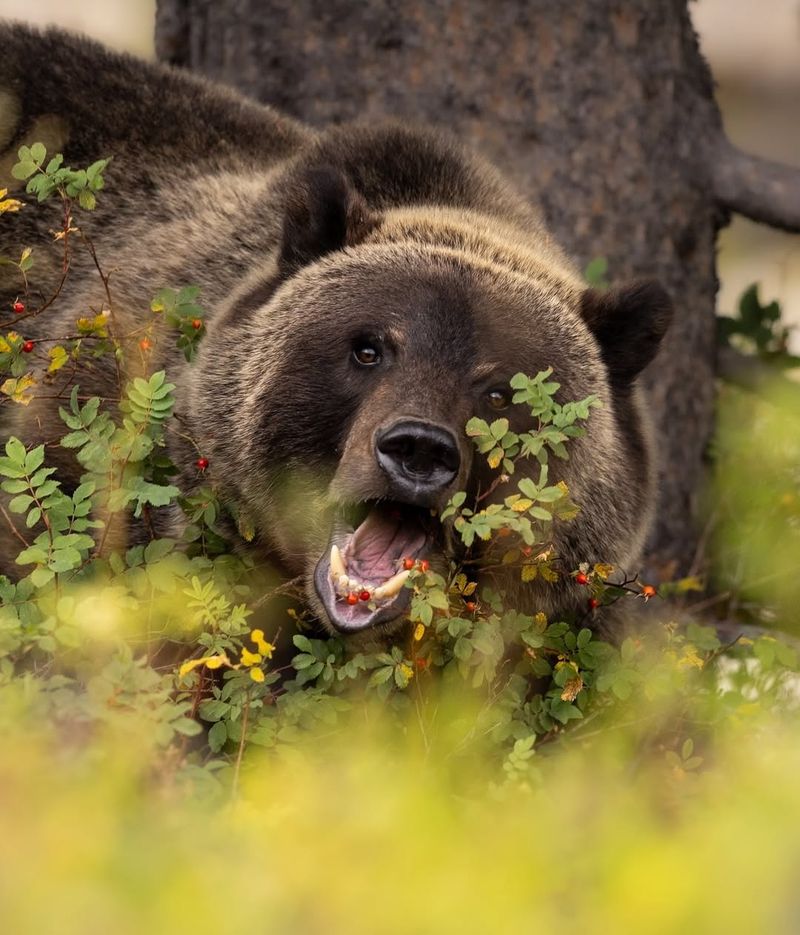
Grizzly bears boast a highly diverse diet, which is key to their survival across varied landscapes. They are omnivores, consuming both plant and animal matter. This adaptability allows them to thrive in different environments.
In spring and summer, they feast on grasses, berries, and roots. As opportunistic feeders, they are also skilled hunters, preying on small mammals and occasionally larger animals like moose calves. The fall season highlights their love for salmon, as they gather by rivers to catch fish with remarkable dexterity.
Their dietary flexibility helps grizzlies store fat, crucial for hibernation. This adaptability not only ensures their survival but also highlights the intricate balance they maintain with their ecosystems, playing vital roles as both predators and seed dispersers.
5. Social Dynamics
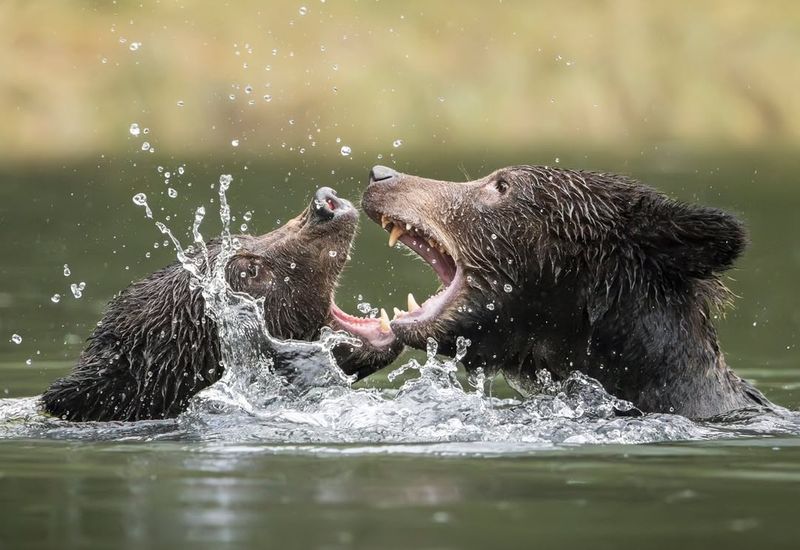
Despite their solitary reputation, grizzly bears exhibit fascinating social behaviors, especially during feeding times. They can often be seen congregating around abundant food sources like salmon streams, where intricate social hierarchies emerge.
These gatherings are a spectacle of nature’s social choreography. Dominant bears assert their status, while younger or less dominant individuals wait patiently for their turn to feed. Through body language, vocalizations, and even playful wrestling, grizzlies communicate and maintain social order.
This social interaction is crucial for young bears, who learn survival skills by observing and participating in these gatherings. It highlights a softer side of these formidable creatures, where cooperation and learning are as essential as competition and dominance.
6. Impressive Range
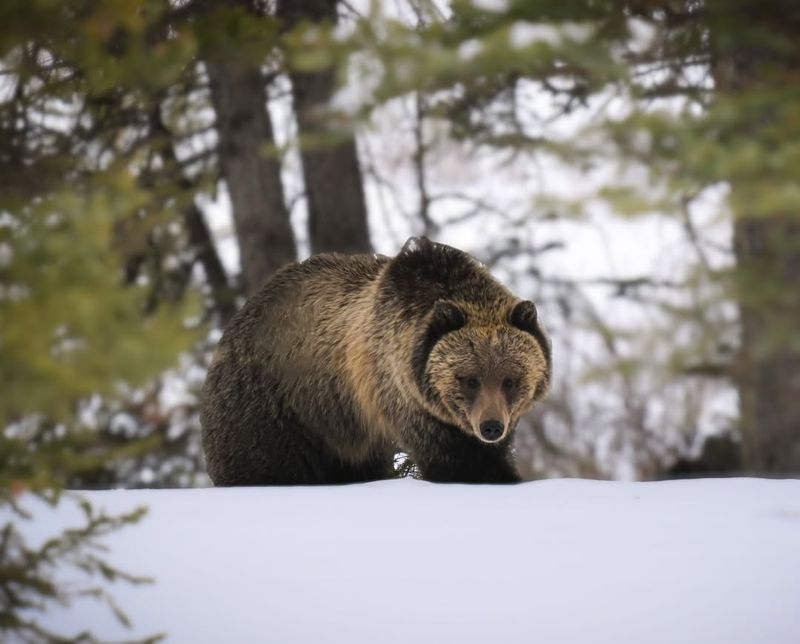
Grizzly bears boast an impressive range across North America, spanning from the dense forests of Alaska to the open plains of the continental United States. This extensive range is a testament to their adaptability and survival prowess.
Historically, grizzlies roamed even wider areas, but their range has reduced due to human expansion and habitat loss. Despite this, they continue to thrive in various environments, displaying remarkable resilience.
Their ability to adapt to diverse habitats, from mountainous terrains to river valleys, underscores their ecological importance. Each region presents unique challenges, yet grizzlies navigate these with a combination of instinctual knowledge and learned behavior, ensuring their continued presence in the wild.
7. Distinctive Hump
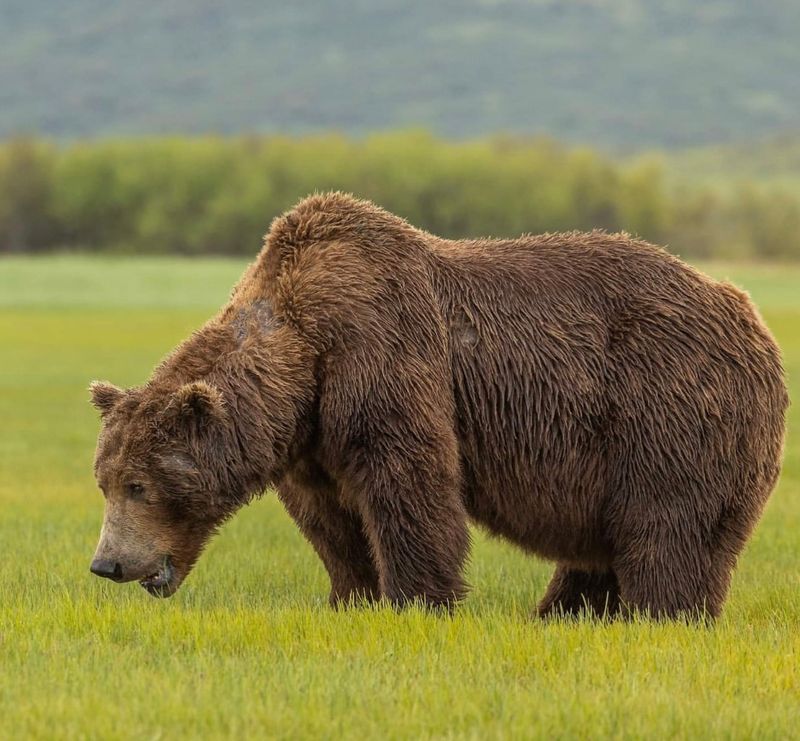
One of the most distinctive features of a grizzly bear is the prominent hump over its shoulders. This hump is not just for show; it is a muscle that plays a vital role in their daily activities.
The shoulder hump is composed of powerful muscles that provide the strength needed for digging, a crucial behavior for accessing food. Whether it’s unearthing roots or creating their dens, this muscle gives them exceptional power.
Beyond its functional importance, the hump is a key identifier distinguishing grizzlies from other bear species. It signifies strength and resilience, attributes that have helped them survive for centuries in diverse environments.
8. Conservation Efforts
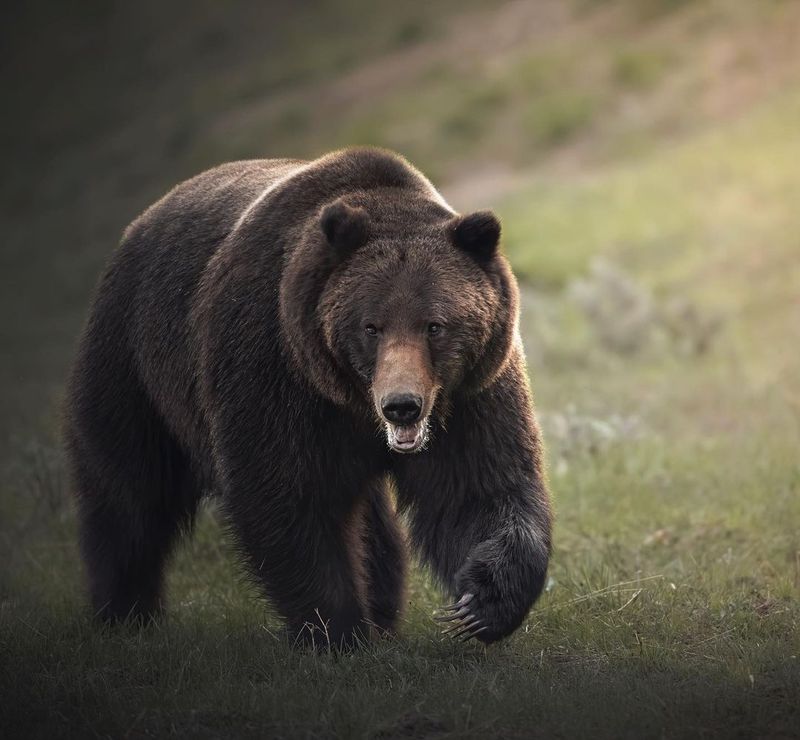
Grizzly bears are at the center of extensive conservation efforts due to their ecological importance and vulnerability to human activities. Organizations and governments work tirelessly to protect these majestic creatures and their habitats.
Efforts include establishing protected areas, mitigating human-bear conflicts, and conducting research to understand their needs better. These initiatives aim to ensure that grizzlies continue to flourish in the wild, maintaining biodiversity and ecological balance.
Public awareness and education campaigns are also crucial, fostering coexistence between humans and bears. These conservation endeavors highlight the importance of preserving natural habitats and respecting wildlife, ensuring that future generations can witness the majesty of grizzly bears.
9. Communication Skills
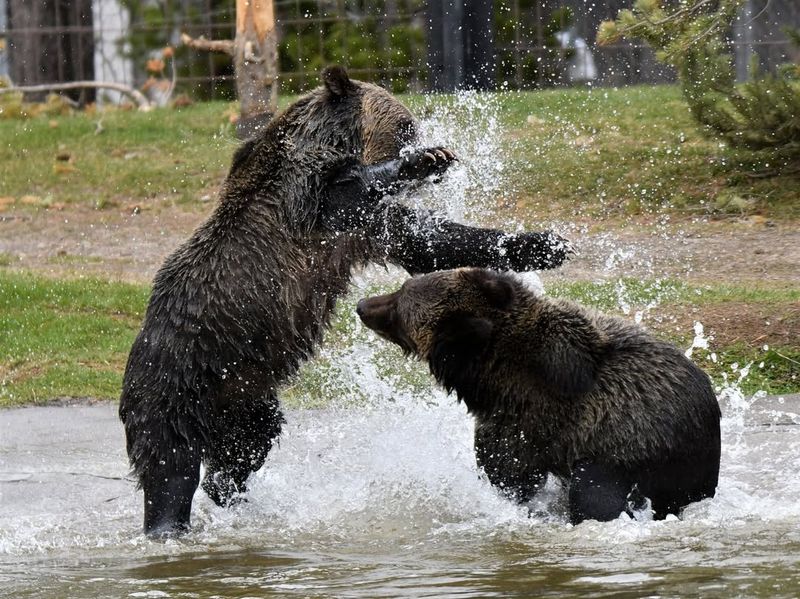
Grizzly bears possess an array of communication skills, using vocalizations, body language, and scent marking to convey messages. These communication methods are essential for navigating their social structures and environment.
Growls, roars, and snorts are common vocalizations used to express dominance, ward off threats, or signal distress. Each vocalization serves a specific purpose, whether establishing territory or alerting others to potential danger.
Beyond sounds, grizzlies use body language, such as standing on hind legs or swatting the ground, to communicate. Scent marking also plays a vital role, leaving olfactory messages that inform other bears about their presence and reproductive status. This intricate communication network reflects the complexity of their social interactions.
10. Cubs And Motherhood
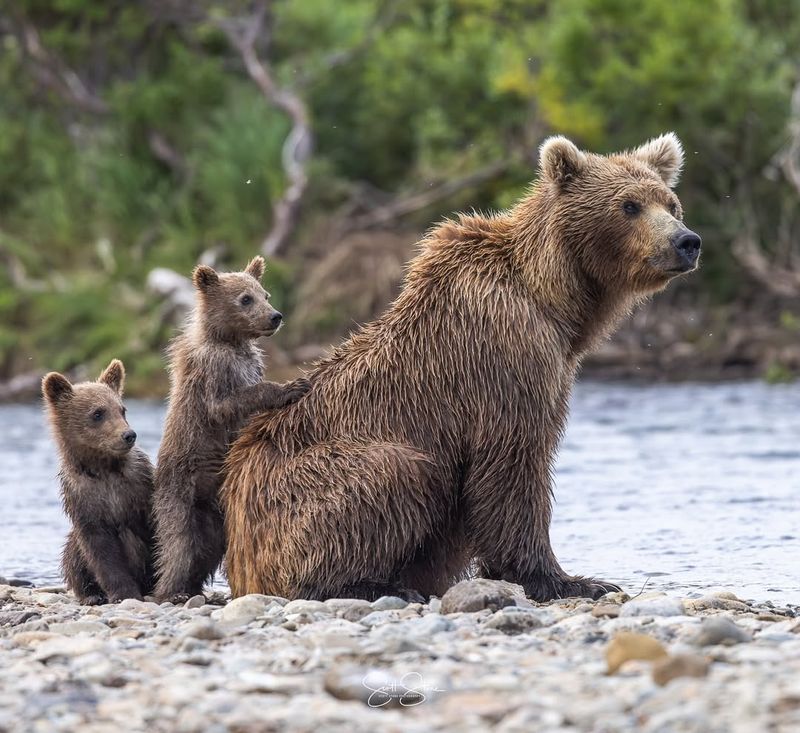
Motherhood in grizzly bears is a testament to strength and dedication. Female grizzlies, or sows, are fiercely protective of their cubs, nurturing them with unparalleled devotion.
Grizzly cubs are born blind and helpless during hibernation, relying entirely on their mothers for warmth and nutrition. A mother’s role extends beyond feeding, as she teaches her cubs survival skills essential for their future independence.
The bond between a sow and her cubs is profound, with young bears staying with their mother for up to three years. During this time, they learn crucial skills like hunting and foraging, ensuring they thrive when they eventually venture out on their own. This nurturing period is vital for the continuation of grizzly populations.
11. Dentition Marvels
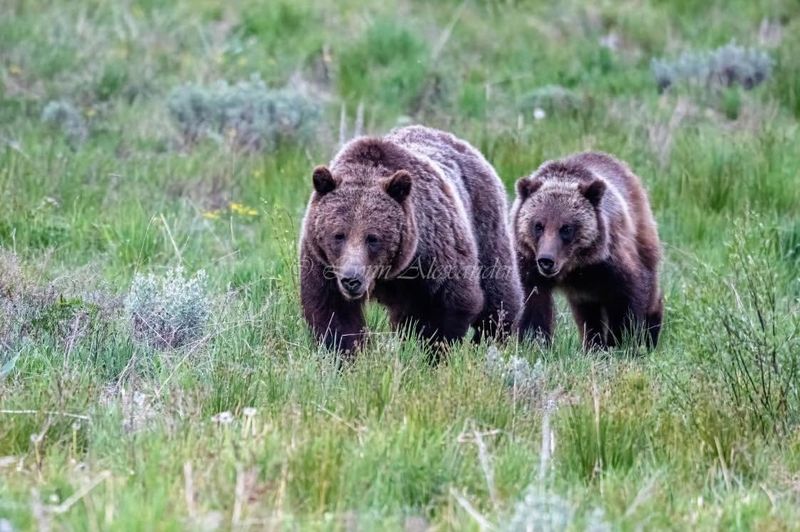
The dentition of grizzly bears is nothing short of a marvel, reflecting their omnivorous diet. Their teeth are specially adapted for a varied diet, featuring sharp canines and robust molars that enable them to tear through meat and grind plant material.
Grizzlies use their canines for hunting, defense, and establishing dominance. Meanwhile, their molars are perfect for masticating vegetation, nuts, and berries, illustrating their adaptability.
This dental versatility underpins their ability to thrive in diverse environments. A healthy set of teeth is crucial not only for feeding but also for their overall health and longevity. It highlights the intricate balance of form and function in nature’s design.
12. Curiosity And Play
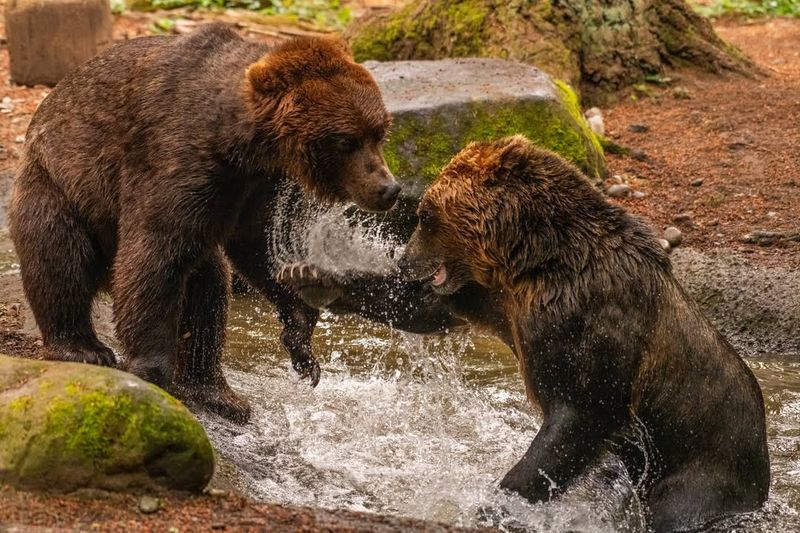
Curiosity is a defining trait of grizzly bears, especially among the young. Cubs are known for their playful antics, engaging with their environment in ways that highlight their intelligence and adaptability.
Play is crucial for development, allowing young bears to hone skills they’ll need as adults. Through playful interactions, they learn about their surroundings, practice hunting techniques, and establish social hierarchies.
This playful curiosity extends into adulthood, where grizzlies continue to explore and interact with their habitat. Such behavior underscores the importance of a stimulating environment for their cognitive and physical development, painting a picture of these bears as not only fierce but also inquisitive and lively creatures.
13. Adaptations To Climate
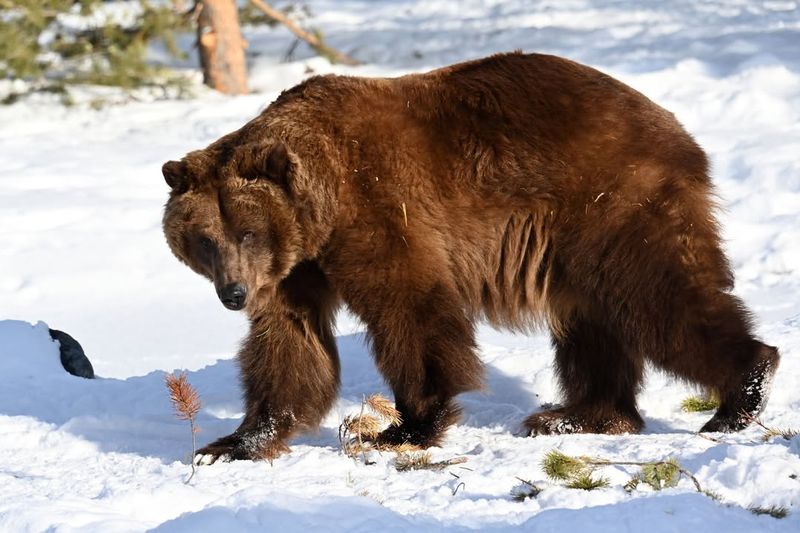
Grizzly bears are masters of adaptation when it comes to climate, thriving in a range of weather conditions from the icy cold of Alaska to the temperate zones of the continental US.
Their thick fur and layer of fat provide insulation against the cold, while their ability to shed fur allows them to stay cooler in warmer climates. This adaptability ensures they can survive in diverse environments throughout the year.
Their behavioral adaptations, such as hibernation and migration to different altitudes, further exemplify their resilience. These physiological and behavioral traits have enabled grizzlies to persist through changing climates, ensuring their survival across millennia.
14. Symbol Of Wilderness
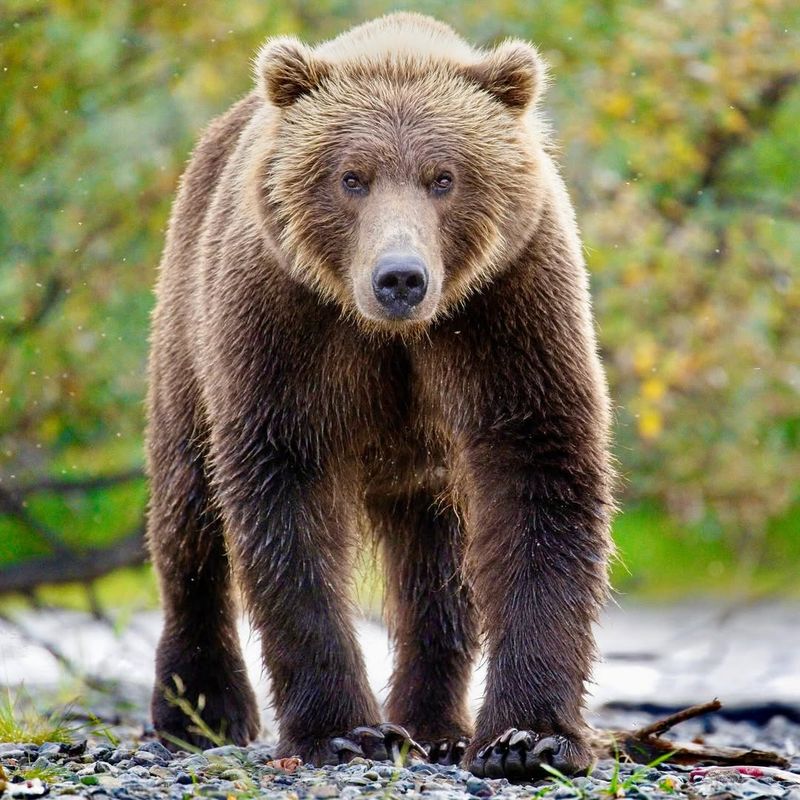
Grizzly bears are more than just animals; they are icons of wilderness and a symbol of nature’s untamed beauty. Their presence in national parks and protected areas draws visitors from around the world, eager to witness these magnificent creatures in their natural habitat.
As apex predators, grizzlies play a vital role in maintaining the ecological balance of their environments. Their presence indicates a healthy ecosystem, and their interactions with other species reflect the intricate web of life.
The grizzly’s symbolic status also drives conservation efforts, as they embody the wild places that need protection. Observing a grizzly in the wild is an awe-inspiring reminder of the natural world’s grandeur and the importance of preserving it for future generations.
15. Unique Coat Colors
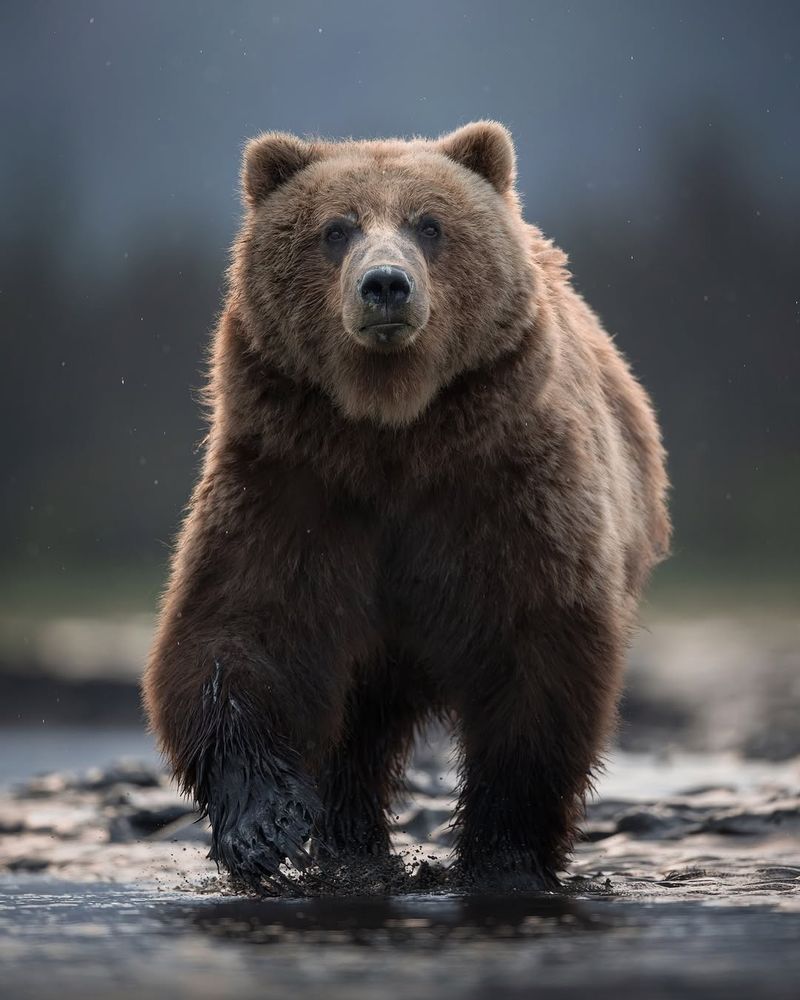
The coat colors of grizzly bears are as diverse as the landscapes they inhabit. Ranging from light cinnamon to dark brown, their fur provides not only camouflage but also a means of identity among individuals.
These variations can be influenced by factors such as diet, genetics, and environment. A grizzly’s coat changes with the seasons, growing thicker and darker in the winter for warmth and shedding in the spring to keep cool.
Beyond its practical uses, the grizzly’s coat is a beautiful spectacle, shimmering under the sun and rustling in the wind. This diversity in appearance adds to their allure, making each bear uniquely captivating in the vast tapestry of the wilderness.
16. Ecological Engineers
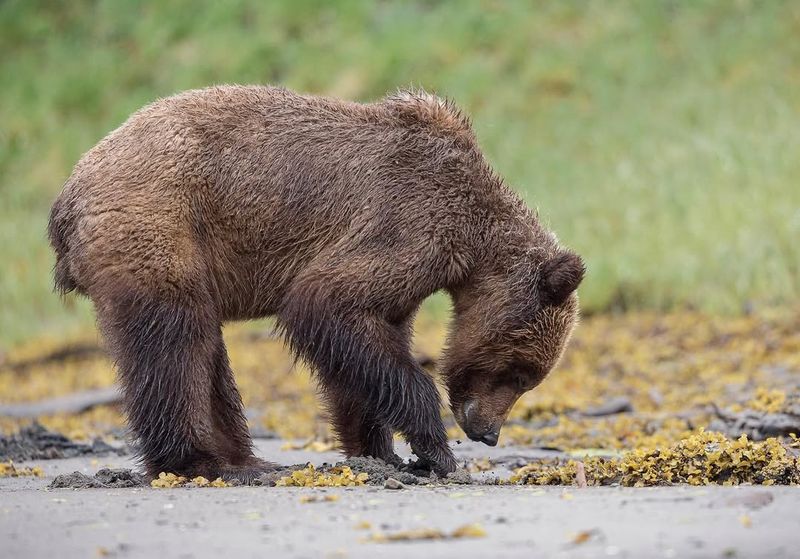
Grizzly bears are often referred to as ecological engineers due to their significant impact on their environment. Through activities like digging and foraging, they aerate the soil, promoting plant growth and increasing biodiversity.
Their role as seed dispersers and nutrient cyclers highlights their ecological importance. By transporting seeds through their fur and feces, they aid in the regeneration of forests and meadows.
This environmental enrichment benefits not only plants but also other wildlife, creating a balanced and thriving ecosystem. Grizzlies, therefore, play a crucial role in maintaining the health and diversity of the habitats they call home, showcasing the interconnectedness of all living things.
17. Longevity And Lifespan
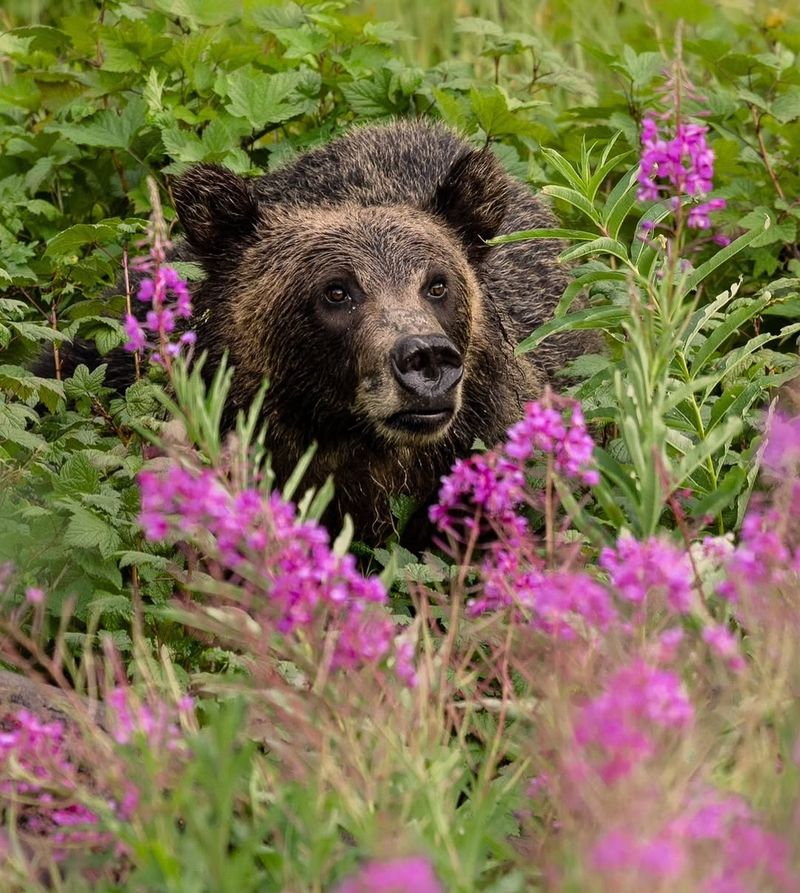
Grizzly bears have a notable lifespan, living up to 25 years in the wild, with some even reaching 30 years. This longevity is a testament to their survival instincts and adaptability.
As they age, grizzlies display signs of wisdom and experience, becoming more adept at finding food and avoiding dangers. Older bears often command respect within their social circles, having survived numerous challenges.
The extended lifespan of grizzlies allows them to raise multiple generations, contributing to the continuity of their species. This longevity also provides opportunities for researchers to study their behaviors over time, gaining insights into their life cycles and the ecosystems they inhabit.
18. Cultural Significance
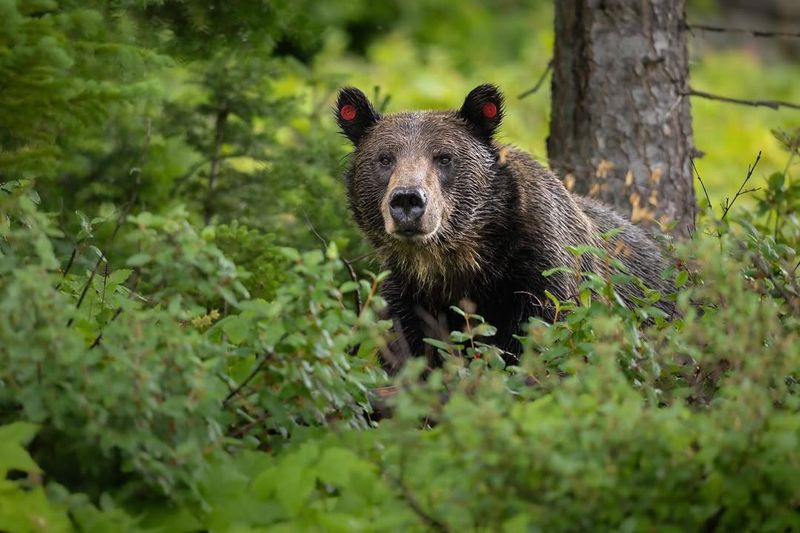
Grizzly bears hold profound cultural significance for many indigenous peoples of North America. They are often seen as powerful symbols of strength, wisdom, and resilience, appearing in myths, legends, and spiritual practices.
For centuries, grizzlies have inspired awe and respect, representing the wild spirit of the land and serving as totems for various tribes. Their presence in art and storytelling reflects their deep-rooted connection to human culture.
This cultural reverence underscores the importance of preserving grizzly populations, not only for ecological reasons but also for maintaining cultural heritage. The stories and beliefs surrounding grizzlies continue to enrich communities, highlighting the enduring bond between humans and these majestic creatures.
19. Threats And Challenges
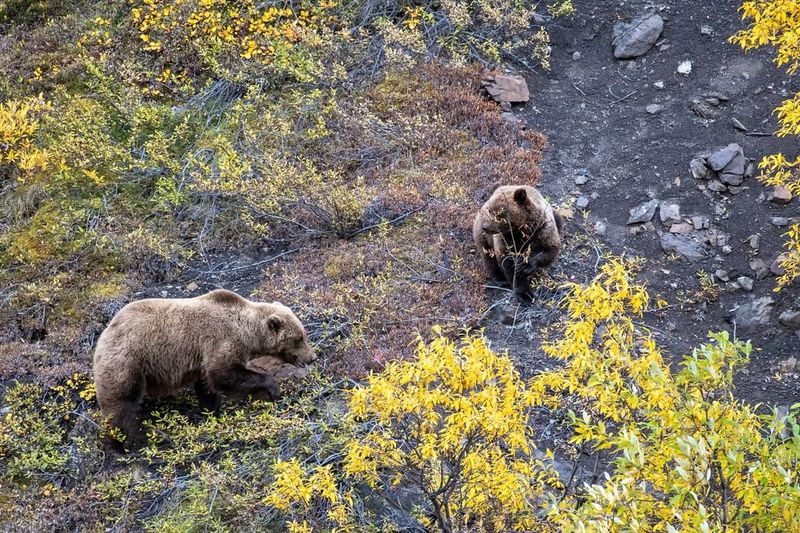
Despite their formidable presence, grizzly bears face numerous threats and challenges in the modern world. Habitat loss, climate change, and conflicts with humans are significant issues impacting their populations.
As humans expand into bear territories, the likelihood of encounters increases, often leading to detrimental outcomes for both bears and people. Conservation efforts aim to mitigate these conflicts through education, better land management, and policy changes.
The challenges grizzlies face are complex but not insurmountable. By fostering coexistence and understanding the importance of these creatures, humans can contribute to a balanced relationship with the natural world, ensuring that grizzlies remain a vital part of our ecosystems.
20. Apex Predators
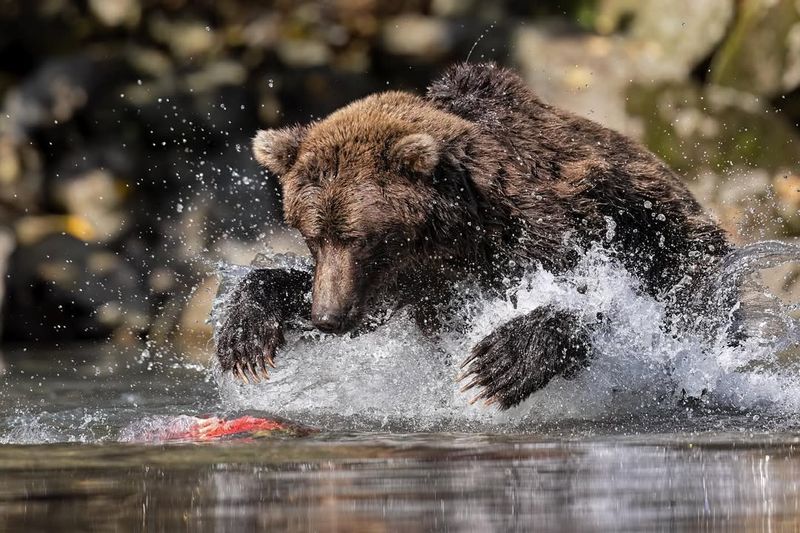
As apex predators, grizzly bears hold a critical position at the top of the food chain. Their presence influences the populations of other species, maintaining ecological balance and promoting biodiversity.
Grizzlies regulate prey populations, preventing overgrazing and fostering healthy plant communities. This influence extends to their interactions with other predators, as the presence of grizzlies can affect the behavior and distribution of species like wolves and cougars.
Their role as apex predators underscores the importance of their conservation, as losing them would disrupt entire ecosystems. Grizzlies are a living testament to the delicate balance of nature, where each species plays a part in sustaining the whole.

